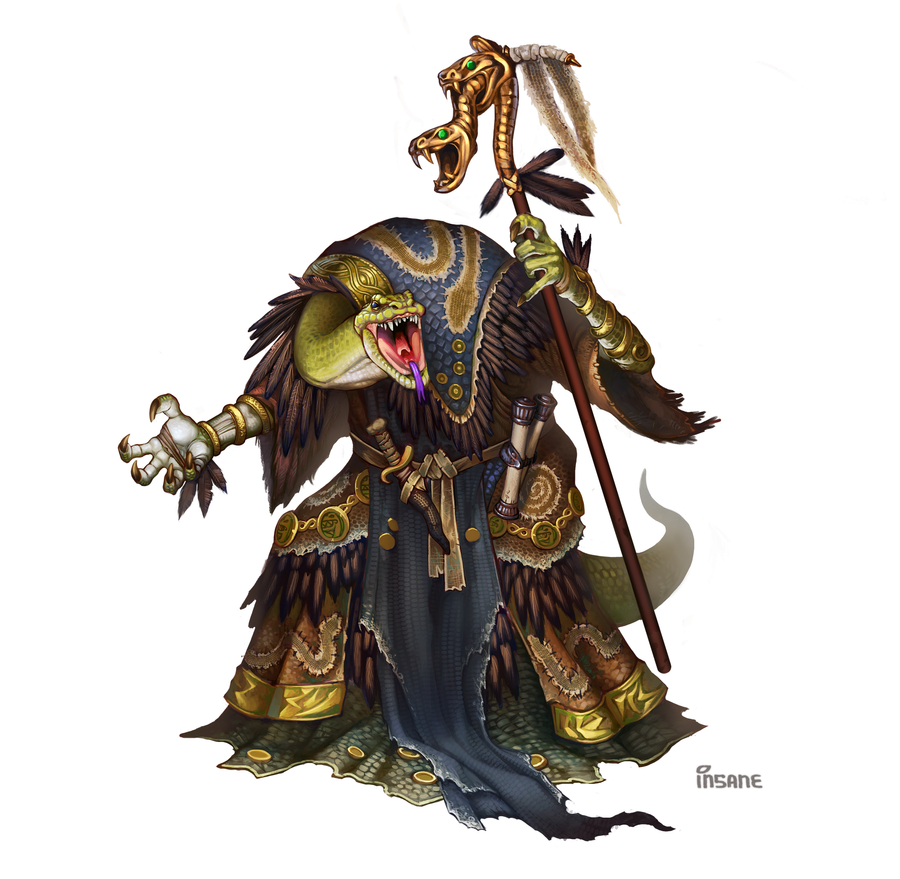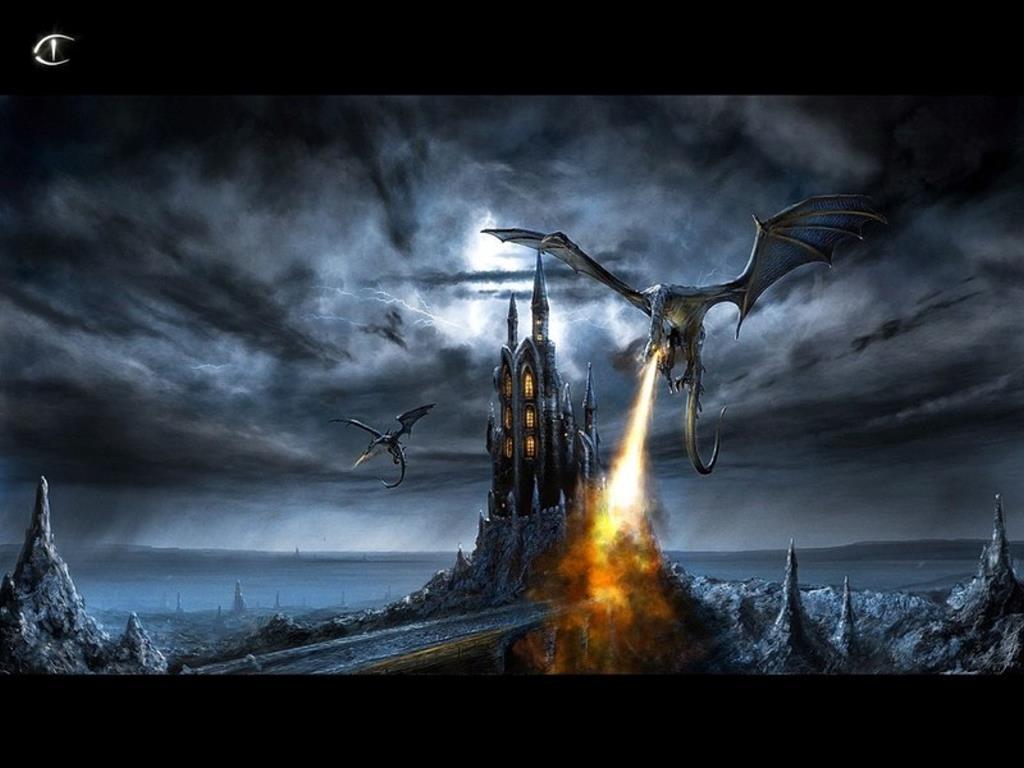Results 1 to 1 of 1
-
2017-01-18, 02:01 PM (ISO 8601)Orc in the Playground


- Join Date
- Dec 2011
 Glorious Dawn: History Circa 1500 DA
Glorious Dawn: History Circa 1500 DA
This is the third in a series of covering the history of my setting from creation through the present day - sometime around 4500 CA, or Current Age. This post covers some additional early recorded history known to those in the present day and is the state of Primaterra circa 1500 DA, or Dark Age/Age of Darkness - the equivalent of -1500 CA.
As with all of my setting posts, this is very much a WIP and any/all criticisms, questions, comments, or suggestions ARE VERY WELCOME!
Cosmology and Mythology for Primaterra are here
Earliest recorded history existing (2000 DA) is here
World map of Primaterra Circa 1500 DA

Orange - Obsidian Keep, Uozuemon the Demon King
Brown - Tliish Empire - Yuan-Ti and their Marilith Patroness, Kaz'Tzila
Pink - Isles of Wheynua, Twin Black Dragons Sundruth and Rul'Ihgntma with cult followers
Light Purple (west) - Nesku Tribelands, Gnoll Slavers, Demon Prince Ark'Nal
Dark Purple (southeast) - Realm of Istronen, Frost Giants, King Tordstemm
East Maroon – Daralok Tribes, Orc, King Orlok
Red - Kingdom of Koot Atta, Duergar, Necromancer King Alnatkad
Central Yellow – Saudara Empire, Drow, Queen of the Last Kiss
Spoiler: Obsidian Keep, Uozuemon the Demon King

Leading up to and through 1500 DA, after many centuries of plotting, positioning, and construction of his massive island fortress city, the Obsidian Keep, the Demon King Uozuemon began releasing terrible and devastating armies onto the world. Uozuemon took no prisoners and he took no holdings, his demon army lashing out along the coast lands around the Obsidian Keep for nothing more than the taste of death and the chaos they brought into the world. Their attacks were met with weak resistance – the only true challenge being the Nesku on their peninsula far to the south. Wanting to eliminate any sense of a potential contender to his power, Uozuemon set to eliminate the Demon Prince Ark'Nal, and did so in 1749 DA.
Spoiler: Tliish Empire - Yuan-Ti and their Marilith Patroness, Kaz'Tzila

By 1500 DA, the Tliish Empire had brought to a close to a great era of war and expansion across a majority of the continent that they inhabited. In 1619 DA, they had controlled the entire continent save for a small buffer between themselves and the Realm of Istronen in the southern ice mountains, but the growing Yuan-Ti territory and population, combined with their racial appetite for strictly fresh/live meat proved difficult to sustain. A brief war with the Realm of Istronen proved devastating on political, cultural, and economic levels so there was a pull back to more manageable borders over the next century.
Spoiler: Isles of Wheynua, Twin Black Dragons Sundruth and Rul'Ihgntma

Growing older, wiser, stronger, and most importantly more powerful, The Dark Twins, Sundruth – Champion of the Black and Rul’Ihgntma – Queen of Cruel Darkness, have expanded their formal power base to a third large island in the archipelago, though terrified populations on all the coasts around them knew their name and feared their arrival. The third island was brought under the Dark Twins banner in 1722 DA when a massive temple was consecrated in their honor – the island’s population was primarily immigrant worshipers who now served the Dark Twins solely and directly. Through raids all around the archipelago and nearby coasts, the Dark Twins had accumulated quite the hoard of wealth, knowledge, and powerful magics.
Spoiler: Nesku Tribelands, Gnoll Slavers, Demon Prince Ark'Nal

Though the Nesku slavers had indirectly built empires around the world through the sale of their captures, the death of The Demon Prince of the West, Ark’Nal, in 1749 DA fractured the remaining tribes and quickly lead to decline. The initial invasion force of Ouzemon’s armies in 1755 DA, from the Obsidian Keep to the north, was repelled, but there was a much stronger force just a few years behind it and it was more than the Demon Prince could withstand.
Though the centuries of stability and prosperity saved the Nesku from immediate destruction after Ark’Nal’s destruction, they were militarily weak and retreated to the interior of their lands. With this retreat came to the loss of their primary export of slaves to distant lands, so economically the once wealthly Gnoll tribes became quite anemic.
Spoiler: Realm of Istronen, Frost Giants, King Klostormur

Other than the brief war with the Tliish Empire, the Realm of Istronen counted the centuries without much event. Their mines grew deep and as productive as ever, the world never tiring of their iron, silver, or precious gems hew from the ancient ice mountains they called home. No doubt there were impacts to their supply chains, both import and export when the flow of slaves stopped from the Nesku and one of their principal trading partners in the Tliish lashed out in greed to take their lands. However, political stability and highly sought after raw exports put off any lasting detrimental effects.
Spoiler: Daralok Tribes, Orc, King Orlok

Throughout history, orcs primarily have inhabited this mountainous region, but have done so in relatively small and confrontational tribes numbering a few hundred or occasionally into the low thousands at most. Only rarely in their history does a leader rise to muster an army that washes down to the forests to the north and arid dunes to the south and wreak havoc on the continent. King Olok was no different, and in many ways, much worse. His title of King was merely a place holder for ease of reference, history would show that it would be more appropriate to refer to him as a High Priest in a now vigorously zealous orc society. King Olok’s dark devotion to Grummish and the other orc pantheon deities had allowed him to develop many devastating powers to lead his holy war on the rest of the continent from 1452 DA through the time of his death in 1433 DA. With his leadership removed, the rampaging hordes did pull back to more defensible boundaries, but the damage to the other settlements around them was done and a scar would be on the decedents for generations to come.
Spoiler: Kingdom of Koot Atta, Duergar, Necromancer King Alnatkad

With the completion of their fortress city, Lothakni, in 1823, the Necromancer King Alnatkad and his Duergar subjects consolidated a great deal of power and were able to raid and rape the smaller and weaker northern tribes of humans, dwarves and others with near impunity on the peninsula. For centuries, each generation grew stronger and more devoted to their King, who far exceeded his normal lifespan and it is widely conjectured that the King had transformed into an immortal lich, ruling through intermediaries and behind a set of concealing armor. Death, and even undeath, were viewed as weakness by the ravenous and cannibalistic Duergar. Their distaste for sailing slowly waned as their population grew and the need for more food – hunted, fished, stolen, or enslaved notwithstanding – and their raiding expanded to other coasts far from their home.
Spoiler: Saudara Empire, Drow, Queen of the Last Kiss

After several centuries of disorganized rule by powerful Drow families in the mountainous jungles, a powerful Drow sorceress known as the Queen of the Last Kiss assumed power in 1605 DA through shrewd politicking, murder and violence until none were left to oppose her. Despite her stronghanded rise to power, she was not a needlessly cruel ruler. Indeed, her aspirations were for a better, stronger, and longer lasting Drow Dynasty in the area than her bloody ascent suggested. After a time in power, many subjects began to be impressed with her capacity to rule and supported her mission. The first act in that line was to begin construction of subterranean city and surrounding labyrinth where they could thrive and enjoy superior protection for growing threats.




 Reply With Quote
Reply With Quote




 RSS Feeds:
RSS Feeds: 

